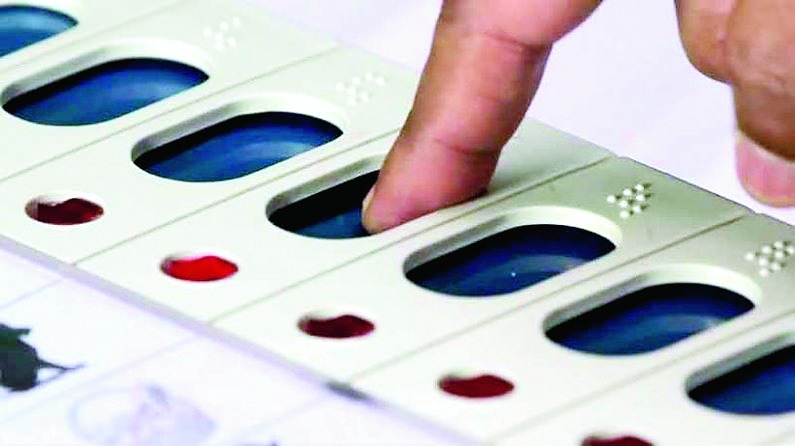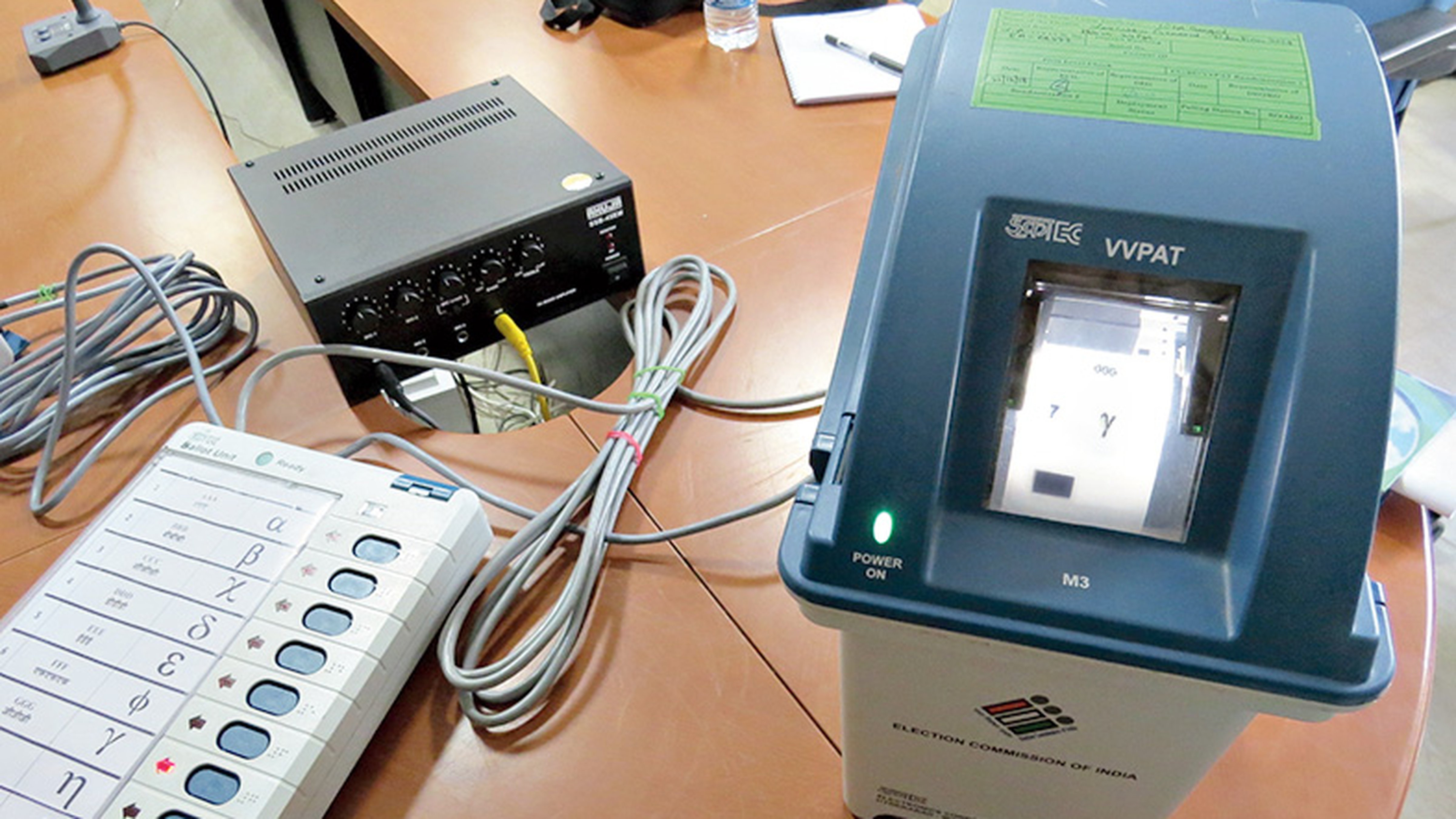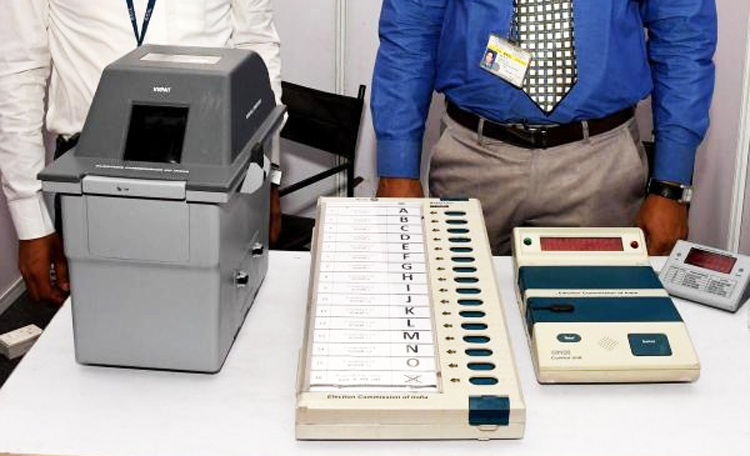The 17th Lok Sabha elections will be the first where every electronic voting machine will be backed by a voter-verifiable paper audit trail (VVPAT) device but there was no certainty what percentage of the paper trail would be counted.
The matter has been referred to a high-powered committee of the Indian Statistical Institute and the Election Commission expects its report to be in before May 23, the day the votes will be counted.
The poll panel now permits only one VVPAT device per Assembly segment to be tallied with the result reflected on the EVMs.
The Opposition has been pushing for at least 50 per cent of the paper trail to be counted as a measure of authentication.
Since the Karnataka Assembly polls last year, EVMs now have cent per cent VVPAT coverage. But the Election Commission’s refusal to match the scorecard of the two for not more than one per Assembly segment has not only raised eyebrows but also questions on the logic of having a paper trail backup if it is not to be counted.
The poll panel’s counter has been that the voter gets to see how his or her vote has been registered on the VVPAT, which is more reassuring than the EVM.
The first set of VVPAT machines — 20,300 units — had been procured by the Election Commission in 2013 in keeping with a suggestion for a paper trail made at an all-party meeting in October 2010.
This meeting was called after BJP leaders had cried foul about EVMs after the party’s poor showing in the 15th Lok Sabha elections in 2009.
VVPAT devices were first used in a limited number of constituencies in the 16th Lok Sabha elections in keeping with a Supreme Court order of 2013 but the paper trail was not matched then.
The court had on October 8, 2013, directed the Centre to back up every EVM with a VVPAT but the Narendra Modi government sanctioned adequate funds for 100 per cent VVPAT backup of EVMs only in April 2017.
The funds were sanctioned only after the Election Commission wrote several letters to the law ministry warning that it would not be able to meet the court-mandated deadline for the 17th Lok Sabha polls if adequate allocation was not made in time.
Photos on EVM, ballot
The Election Commission on Sunday said electronic voting machines and postal ballot papers would carry photographs of all candidates to help voters identify the political leaders in the fray.
The panel said the provision for printing the photographs would help avoid confusion that might arise when candidates with similar names contest from the same constituency. Candidates are required to submit to the returning officer recent stamp-sized photographs according to specifications laid down by the poll panel.













